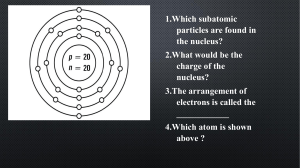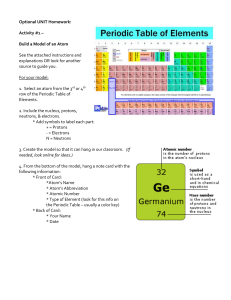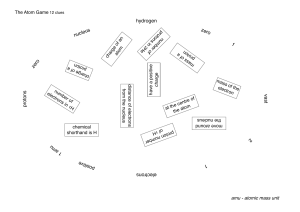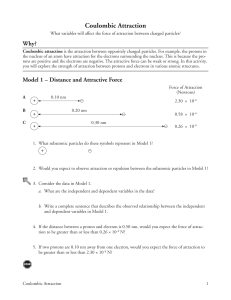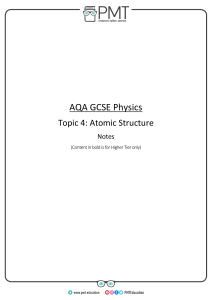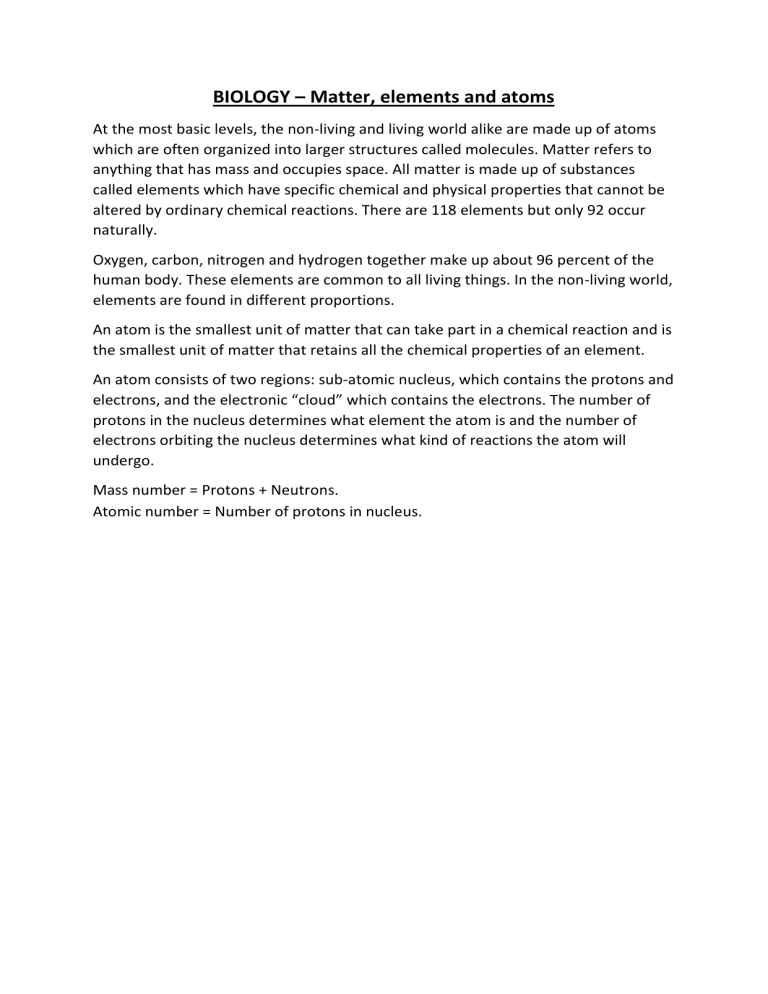
BIOLOGY – Matter, elements and atoms At the most basic levels, the non-living and living world alike are made up of atoms which are often organized into larger structures called molecules. Matter refers to anything that has mass and occupies space. All matter is made up of substances called elements which have specific chemical and physical properties that cannot be altered by ordinary chemical reactions. There are 118 elements but only 92 occur naturally. Oxygen, carbon, nitrogen and hydrogen together make up about 96 percent of the human body. These elements are common to all living things. In the non-living world, elements are found in different proportions. An atom is the smallest unit of matter that can take part in a chemical reaction and is the smallest unit of matter that retains all the chemical properties of an element. An atom consists of two regions: sub-atomic nucleus, which contains the protons and electrons, and the electronic “cloud” which contains the electrons. The number of protons in the nucleus determines what element the atom is and the number of electrons orbiting the nucleus determines what kind of reactions the atom will undergo. Mass number = Protons + Neutrons. Atomic number = Number of protons in nucleus.

